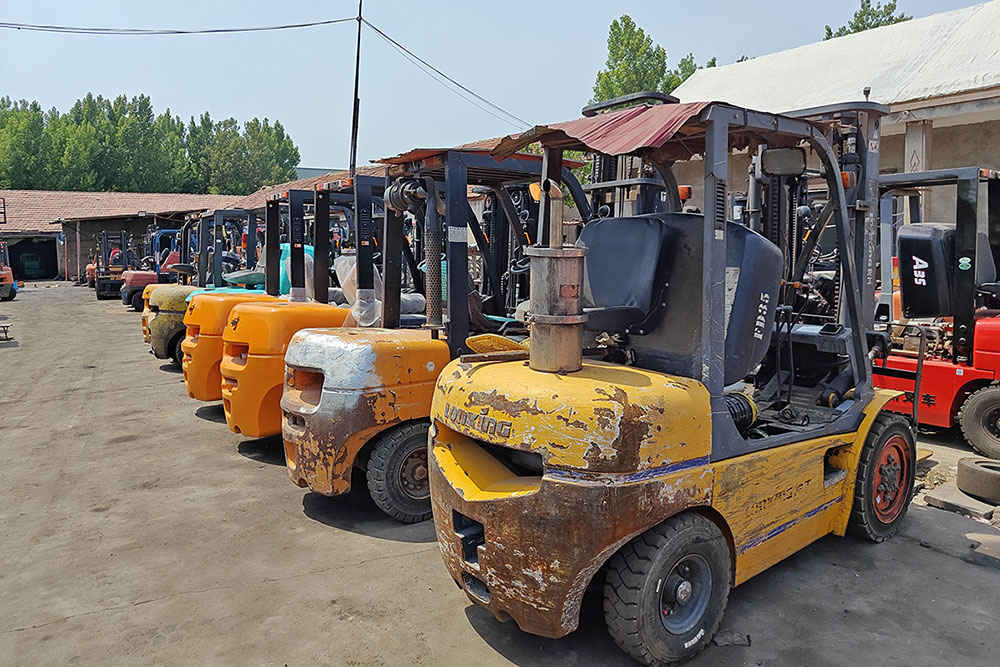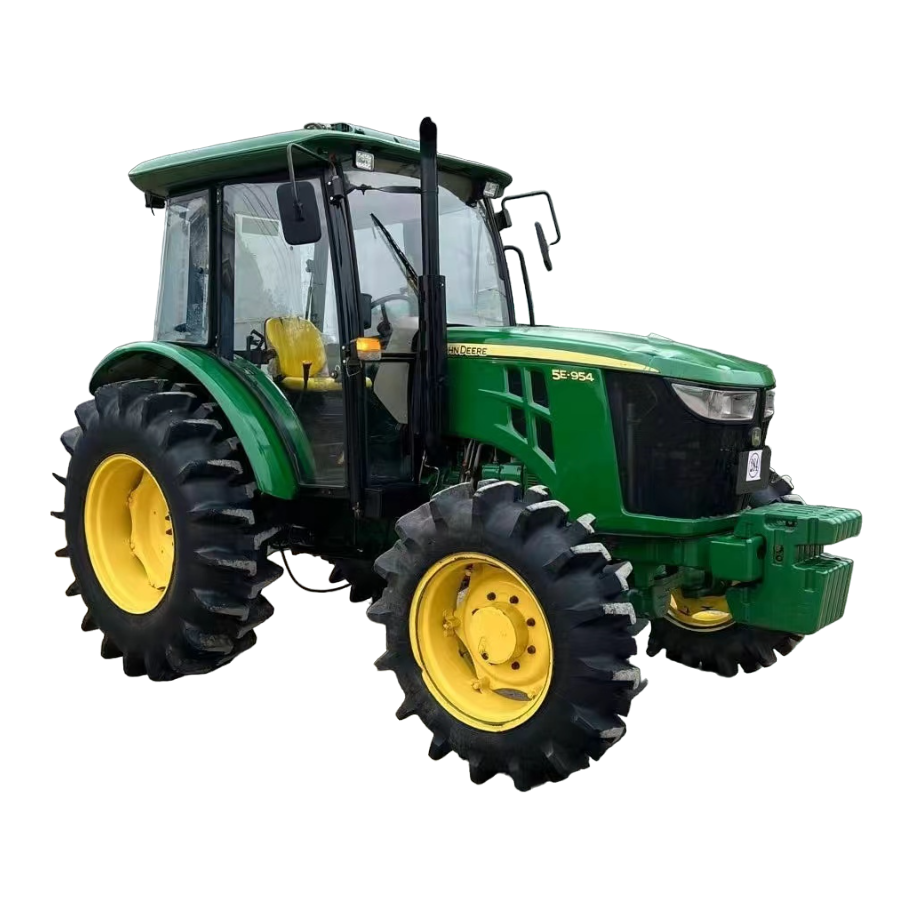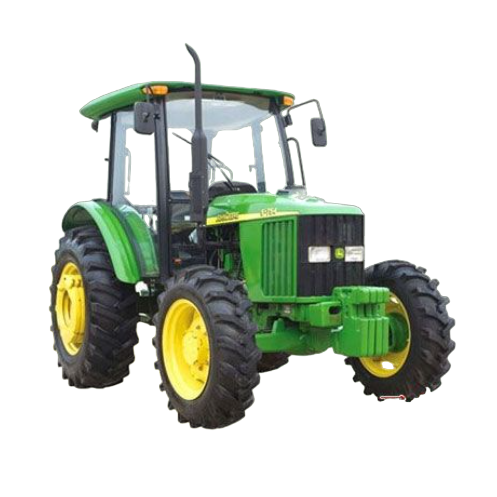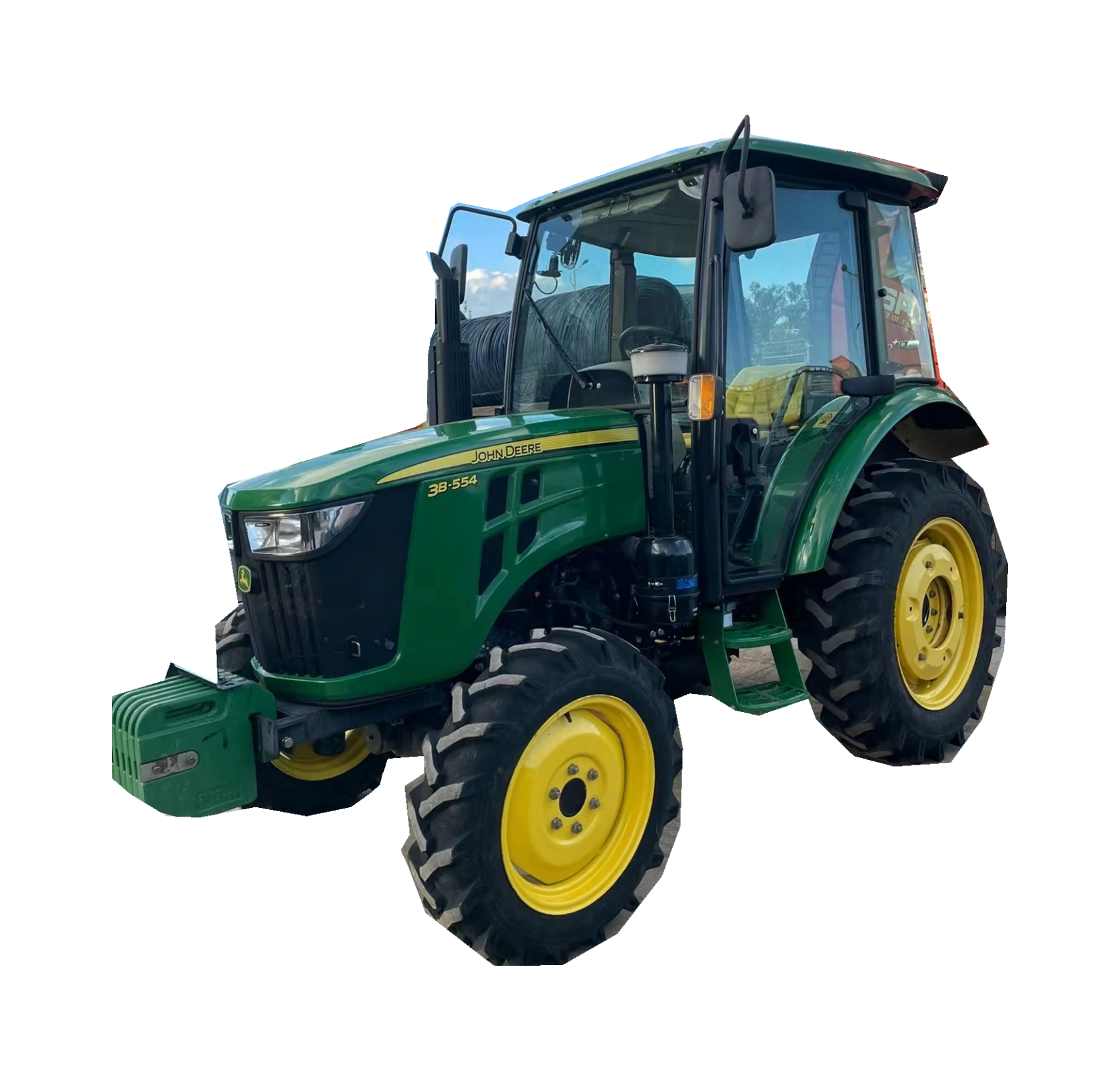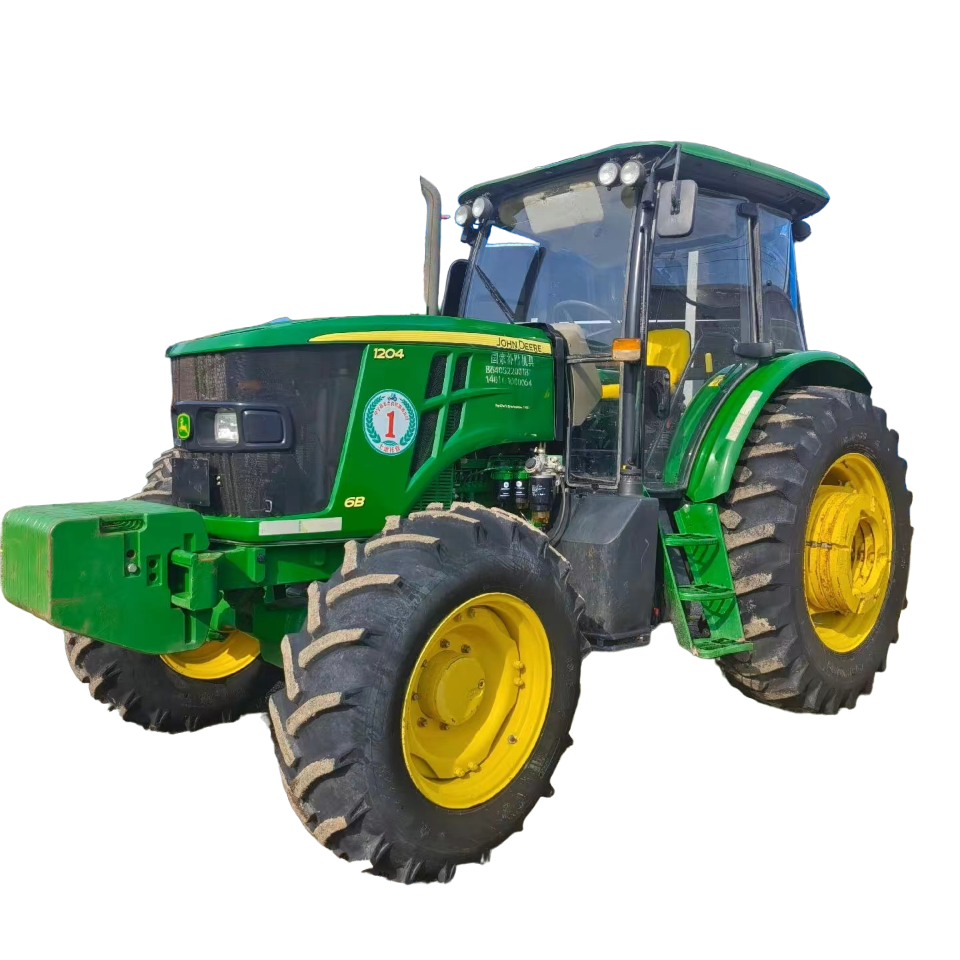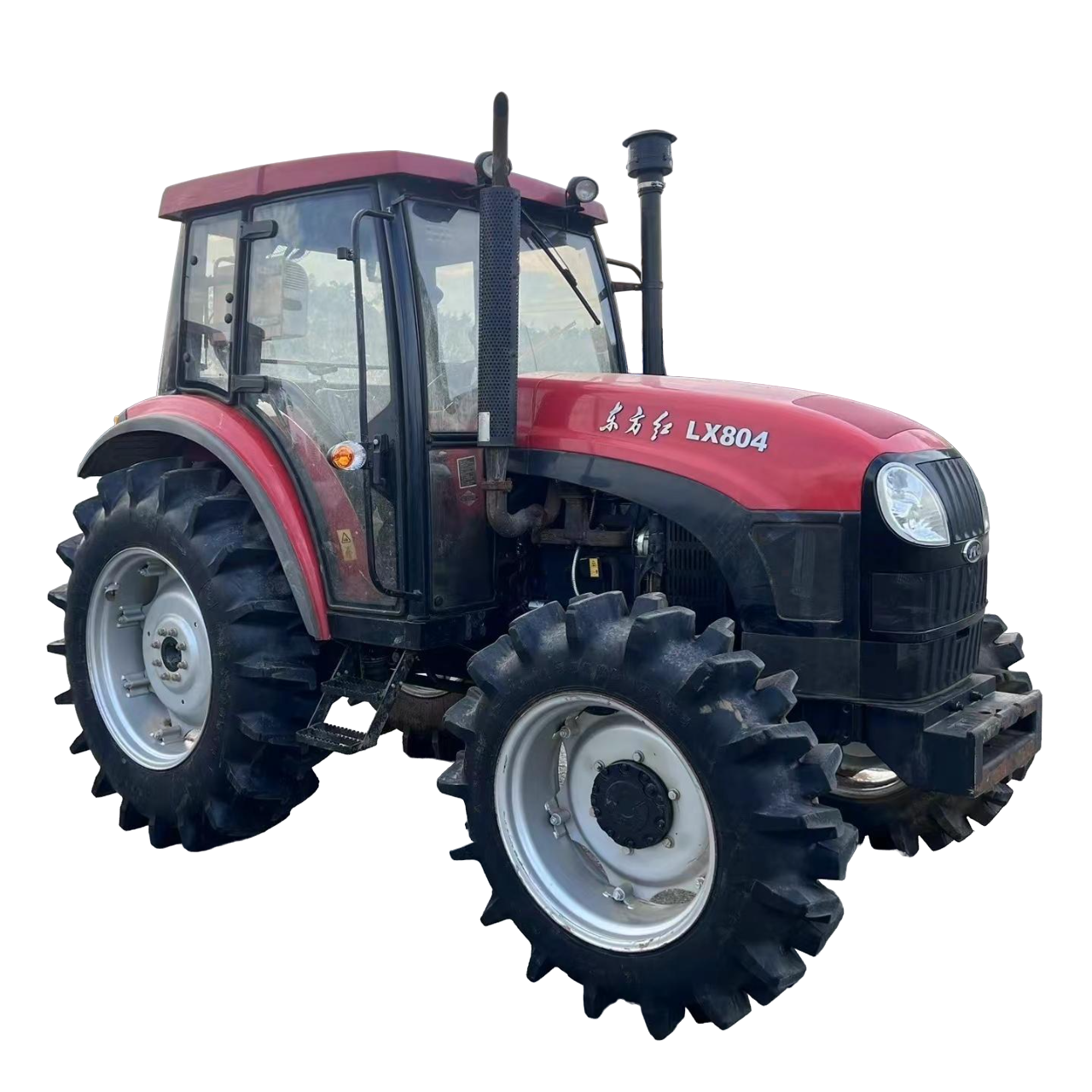Industrial handling vehicles are widely used in ports, stations, airports, freight yards, factory workshops, warehouses, circulation centers and distribution centers. They are used to load, unload and transport palletized goods in cabins, carriages and containers. They are a must in pallet transportation and container transportation. Indispensable equipment.
Forklifts can generally be divided into three broad categories: internal combustion forklifts, electric forklifts and storage forklifts.
Internal combustion
Internal combustion forklifts are further divided into ordinary internal combustion forklifts, heavy-duty forklifts, container forklifts and side forklifts.
① Ordinary internal combustion forklift
Generally, diesel, gasoline, liquefied petroleum gas or natural gas engines are used as power, with a load capacity of 1.2 to 8.0 tons, and the width of the working channel is generally 3.5 to 5.0 meters. Considering the exhaust emission and noise issues, it is usually used outdoors, in workshops or other places that deal with exhaust gas. Places with no special requirements on emissions and noise. Because fuel is easily replenished, it can achieve long-term continuous operation and is capable of working in harsh environments (such as rainy days).
②Heavy-duty forklift
It uses a diesel engine as power and has a carrying capacity of 10.0 to 52.0 tons. It is generally used for outdoor operations in docks, steel and other industries with heavy cargo.
③ Container forklift
It uses a diesel engine as power and has a carrying capacity of 8.0 to 45.0 tons. It is generally divided into empty container stackers, heavy container stackers and container reachstackers. Used in container handling, such as container yards or port terminal operations.
④ Side forklift
It uses a diesel engine as power and has a carrying capacity of 3.0 to 6.0 tons. It has the ability to fork goods directly from the side without turning, so it is mainly used to fork long goods, such as wooden strips, steel bars, etc.
Electric
It uses electric motor as power and battery as energy source. The carrying capacity is 1.0 to 8.0 tons, and the working channel width is generally 3.5 to 5.0 meters. Because there is no pollution and low noise, it is widely used in indoor operations and other working conditions with high environmental requirements, such as medicine, food and other industries. As people pay more attention to environmental protection, electric forklifts are gradually replacing internal combustion forklifts. Since each set of batteries generally needs to be charged after working for about 8 hours, a backup battery is required for multi-shift working conditions.
Warehousing
Warehousing forklifts are mainly forklifts designed for handling goods in warehouses. Except for a few warehousing forklifts (such as manual pallet forklifts) which are driven by manpower, others are driven by electric motors. They are widely used in the warehousing industry because of their compact body, flexible movement, light weight and good environmental performance. When operating in multiple shifts, motor-driven warehouse forklifts require backup batteries.
Van
The carrying capacity is 1.6 to 3.0 tons, the working channel width is generally 2.3 to 2.8 meters, and the fork lifting height is generally around 210mm. It is mainly used for horizontal transportation and cargo loading and unloading in the warehouse. There are three operating modes: walking, standing and riding, which can be selected according to efficiency requirements.
Stacker truck
Electric pallet stackers are divided into two types: fully electric pallet stackers and semi-electric pallet stackers. As the name suggests, the former is driven and the lifting and lowering are all controlled electronically, which is more labor-saving. The latter requires manual pulling or pushing a forklift, and the lifting is electric.
The carrying capacity is 1.0 to 2.5 tons, and the width of the working channel is generally 2.3 to 2.8 meters. The structure has more masts than the electric pallet handling forklift. The lifting height of the fork is generally within 4.8 meters. It is mainly used for cargo stacking and storage in warehouses. Loading and unloading.
Reach forward vehicle
The carrying capacity is 1.0 to 2.5 tons. The mast can be moved forward or retracted as a whole. When retracted, the working channel width is generally 2.7 to 3.2 meters, and the lifting height can reach up to about 11 meters. It is often used for medium-height stacking and retrieval in warehouses. Cargo work.
Electric picking cart
Under certain working conditions (such as supermarket distribution centers), there is no need to ship the entire pallet. Instead, multiple varieties of goods are selected according to the order to form a pallet. This step is called picking. According to the height of the picked goods, electric picking forklifts can be divided into low-level picking forklifts (within 2.5 meters) and mid-high-level picking forklifts (up to 10 meters).
Carrying capacity: 2.0 to 2.5 tons (low position), 1.0 to 1.2 tons (medium and high position, with cab lifting).
Low-riding three-way stacker forklift
Usually equipped with a three-way stacking head, the forklift does not need to turn. The fork can be rotated to stack and pick up goods on both sides. The channel width is 1.5 to 2.0 meters, and the lifting height can reach 12 meters. The cab of the forklift cannot be lifted from the ground at all times. Considering the limitations of the operating field of view, it is mainly used in working conditions where the lifting height is less than 6 meters.
High-level driving three-way stacker forklift
Similar to the low-riding three-way stacker forklift, the high-riding three-way stacker forklift is also equipped with a three-way stacking head, with a channel width of 1.5 to 2.0 meters and a lifting height of up to 14.5 meters. The cab can be lifted so that the driver can clearly observe the goods at any height and can also perform picking operations. The high-riding three-way stacker forklift is superior to the low-riding three-way stacker forklift in terms of efficiency and performance, so this model has gradually replaced the low-riding three-way stacker forklift.
Electric tractor
Electric tractor (trailer)
The tractor is driven by an electric motor and uses its towing capacity (3.0 to 25 tons) to pull several trolleys loaded with goods. The main categories are: electric tractors for airport logistics, electric tractors for workshops, small electric tractors, and electric three-wheel tractors. They are often used to transport large quantities of goods within or between workshops, such as transportation from automobile manufacturing warehouses to assembly lines. , airport luggage transportation.
Unmanned
In May 2023, a new generation of intelligent driverless forklifts was unveiled in Anhui, integrating new generation information technologies such as visual recognition, automated control, and big data analysis, and deeply integrating artificial intelligence, Internet of Things, cloud computing and other technologies with the manufacturing industry. [2]

